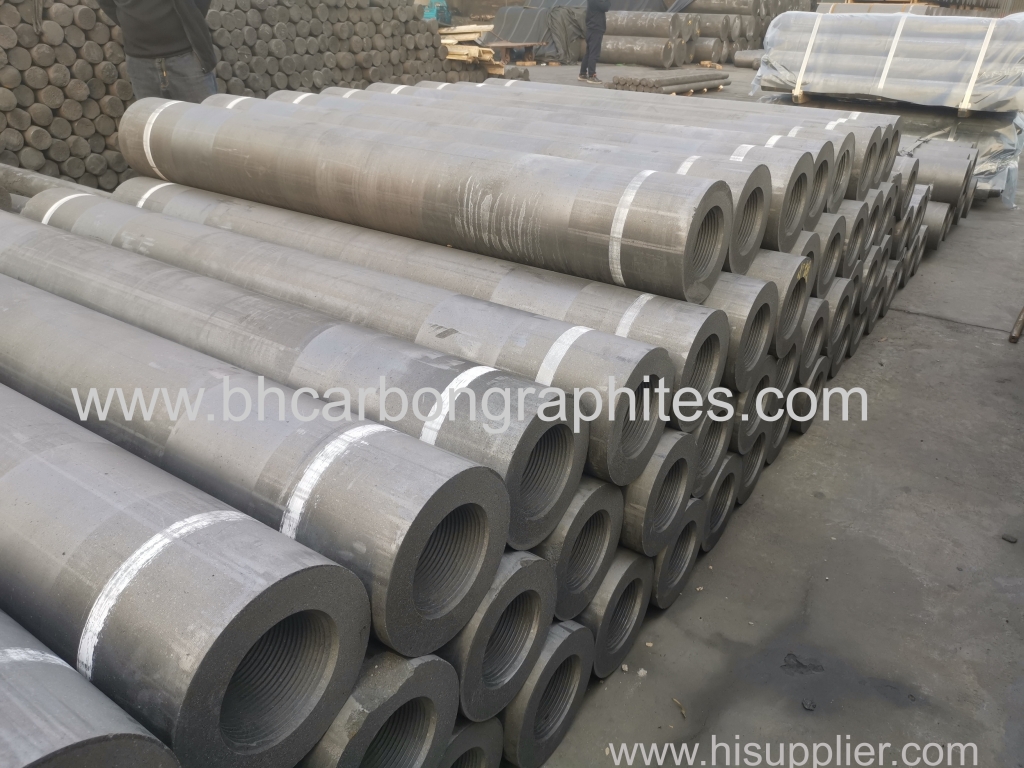
|
Hebei Ben Hong New Material Technology Co., LTD
|

|
Hebei Ben Hong New Material Technology Co., LTD
|
Gold Index: 41711


